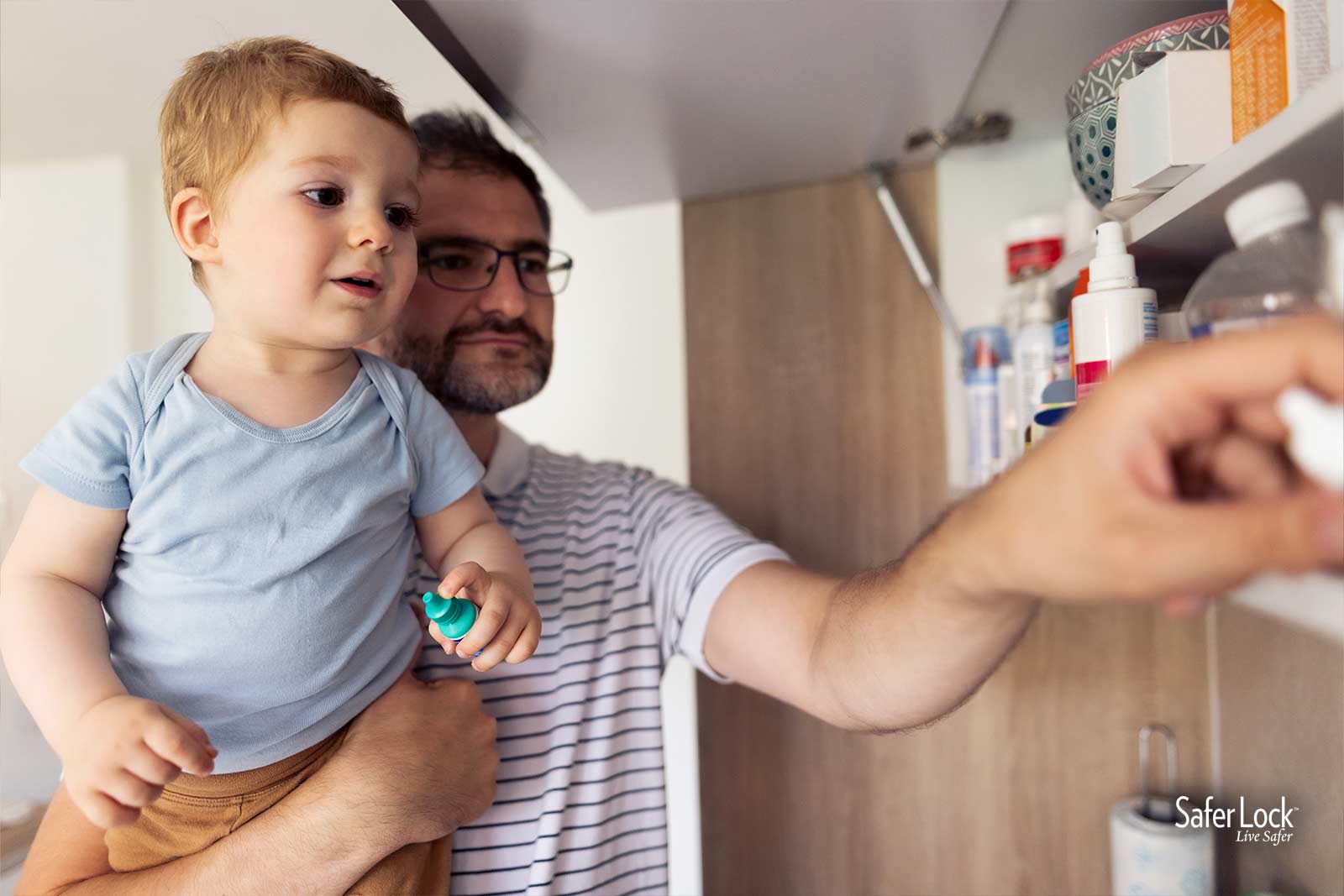Opioids are powerful medications prescribed by doctors to help patients manage pain. They’re also a class of drugs that includes illegal drugs such as heroin and fentanyl. Whether prescription or illicitly obtained, more people are killed by opioids each year in the U.S. than in car accidents.
If you are using opioids, it’s important to understand opioid safety to reduce your chances of addiction, overdose, or death.
Why are Opioids Addictive?
Opioids are chemically related to — and interact with — opioid receptors on your nerve cells and in your brain. When these chemicals link to the opioid receptors, it activates a release of “feel good” neurotransmitters known as endorphins.
These endorphins reduce your perception of pain and boost your feelings of pleasure. This can mean relief from pain and a sense of well-being for pain patients.
For non-pain patients, this can lead to a sense of euphoria.
As the opioids wear off, the pain returns, and feelings of well-being subside. Opioid users may find themselves reaching for their medication again to return to that pain-free, good feeling.
Regular use of opioids can lead to tolerance, a situation where your brain and body get used to the effects, and greater quantities of opioids are needed to return to that initial pain-free, euphoric state.
This is how the cycle of opioid addiction begins.
Know Your Opioid Risks
As opioid users seek out greater quantities or stronger doses of opioids, they run into the risks of opioid use, which can include addiction and death.
Opioids Can Stop Your Breathing
Opioids carry the risk of a specific side effect known as opioid-induced respiratory depression (OIRD). OIRD can impact your breathing, causing it to slow or even stop. This side effect can lead to cardiac arrest, brain damage, and death without early warning and action.
Opioids can cause your breathing to stop, even if you are using them exactly as prescribed.
Risk Factors for Respiratory Depression
Some factors can increase your risks, particularly respiratory depression. According to opioidsafety.org, patients with these risk factors may be more likely to experience OIRD:
- First-time opioid users
- Existing respiratory conditions such as sleep apnea, asthma, or COPD
- Combining opioids with other sedatives such as alcohol, OTC medications, and sleep or anxiety medications
- Chronic health conditions such as obesity, HIV, or lung, liver, or heart disease
- High opioid doses
- History of substance abuse disorder
Reducing the Risk of Opioid-Induced Respiratory Depression
For every 1 opioid-related death, there are 2 hospital admissions and 4 emergency room visits. To avoid becoming an opioid statistic, follow these tips to reduce your risks of respiratory failure or overdose death.
- Use opioids responsibly: take as prescribed, do not mix with sedatives, and do not seek out illicit forms of opioids.
- Ask your doctor about monitoring solutions: a 10-year study showed that oxygen monitoring devices can reduce the risk of OIRD deaths to zero.
- Have a plan if you live or sleep alone: 50% of OIRD occurs when people are by themselves
- Know the signs and symptoms of an overdose: unusual sleepiness, shallow or slow breathing, choking or gurgling, blue lips or fingernails, cold clammy skin, confusion, unresponsiveness, slow heartbeat, unconsciousness or limp body.
How to Use Opioids Safely
Responsible opioid use is critical to avoid opioid side effects such as dependence and overdose death. Not only can responsible opioid use protect your own safety and well-being, but it can also be crucial in protecting your loved ones, as well.
Use as Prescribed
First, always use your opioids as prescribed. Do not increase your dose or shorten the time between doses without talking to your doctor. Opioid tolerance is a natural side effect of opioid use; the more you take opioids, the more your body will need to get the same effects.
Lock Up Your Meds
Leaving unsecured opioids around your house, purse, or car puts your loved ones at risk.
Medication poisoning is the leading cause of poisoning deaths in kids aged 14 and under. If your child accidentally gets hold of an opioid that’s dosed for your adult body, the results could be fatal. Relying on the child-resistant cap to keep toddlers and young children out of your medication bottle is a potentially deadly mistake. In a Today show report, 100% of a group of children aged 4 and under were able to open prescription medication bottles — sometimes in under a minute.
Older kids need protection from your opioids, as well. Pilfering, sneaking a small amount of someone else’s prescription and hoping it goes unnoticed, is the leading cause of youth opioid abuse. Your teens may be tempted to try one or two of your pills for their own pain, as a way to cope with stress, or from pressure from friends.
The most effective way to lock up your medications is to use a medication lock box, combination pill bottle lock, or a safe that requires a numeric key, combination lock, or fingerprint/ biometric lock so that you are the only person who can access your prescription.
Dispose of Opioids Properly
When you and your medical providers decide you no longer need opioids, dispose of your meds properly. Do not just toss your bottle into the trash or flush your pills down the toilet.
Instead, try to find a medication drop-off location or use a medication disposal kit like DisposeRx to eliminate the powerful prescription.
Do Not Seek Out Illicit Opioids
The majority of opioid overdose deaths in 2021 were from fentanyl, a powerful opioid that is 50-100 times more powerful than morphine. Illicit fentanyl is pressed into counterfeit pain pills or mixed in with other street drugs such as cocaine or morphine. It is a low-cost and dangerous addition to illicit drugs.
All it takes is the equivalent of a couple of grains of salt for fentanyl to cause an overdose death. Two milligrams of fentanyl can be fatal, yet DEA officials have seized counterfeit pills off the street containing as much as 5 milligrams of fentanyl: twice the lethal dose.
Nearly half of all DEA seized counterfeit pain pills contained a lethal 2mg fentanyl dose.
Seek Substance Abuse Help
If your opioid use has turned into substance abuse, seek immediate help. Opioids can quickly become addicting as your brain gets tolerant of the amount and starts sending signals to you that you need more pills, more often.
Opioid abuse treatment can help.
Don’t feel ashamed, embarrassed, or alone. In 2020, 40.3 million people aged 12 or older had a substance use disorder. Recovery is possible and you can get the help you need so you don’t suffer an opioid-related fatal overdose.
Call the SAMHSA national helpline (open 24/7) for immediate help: 1-800-662-4357



